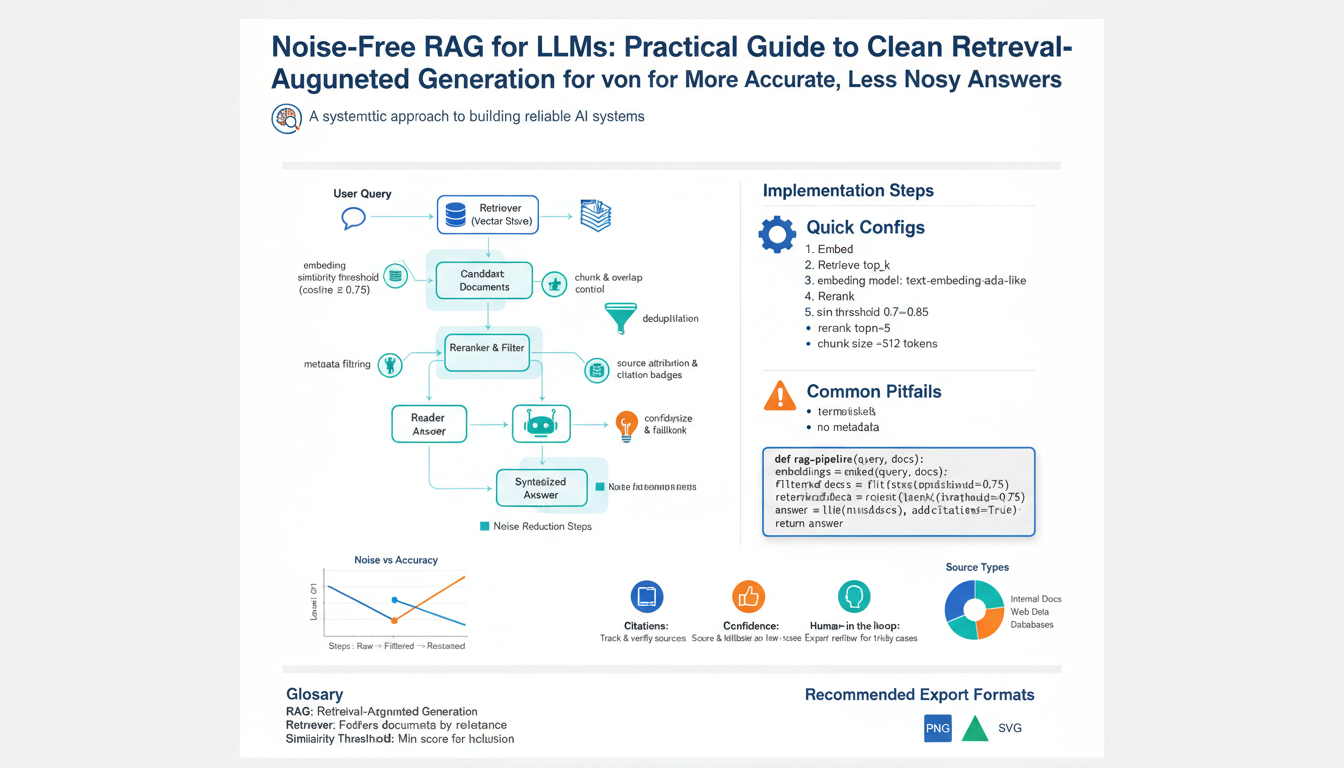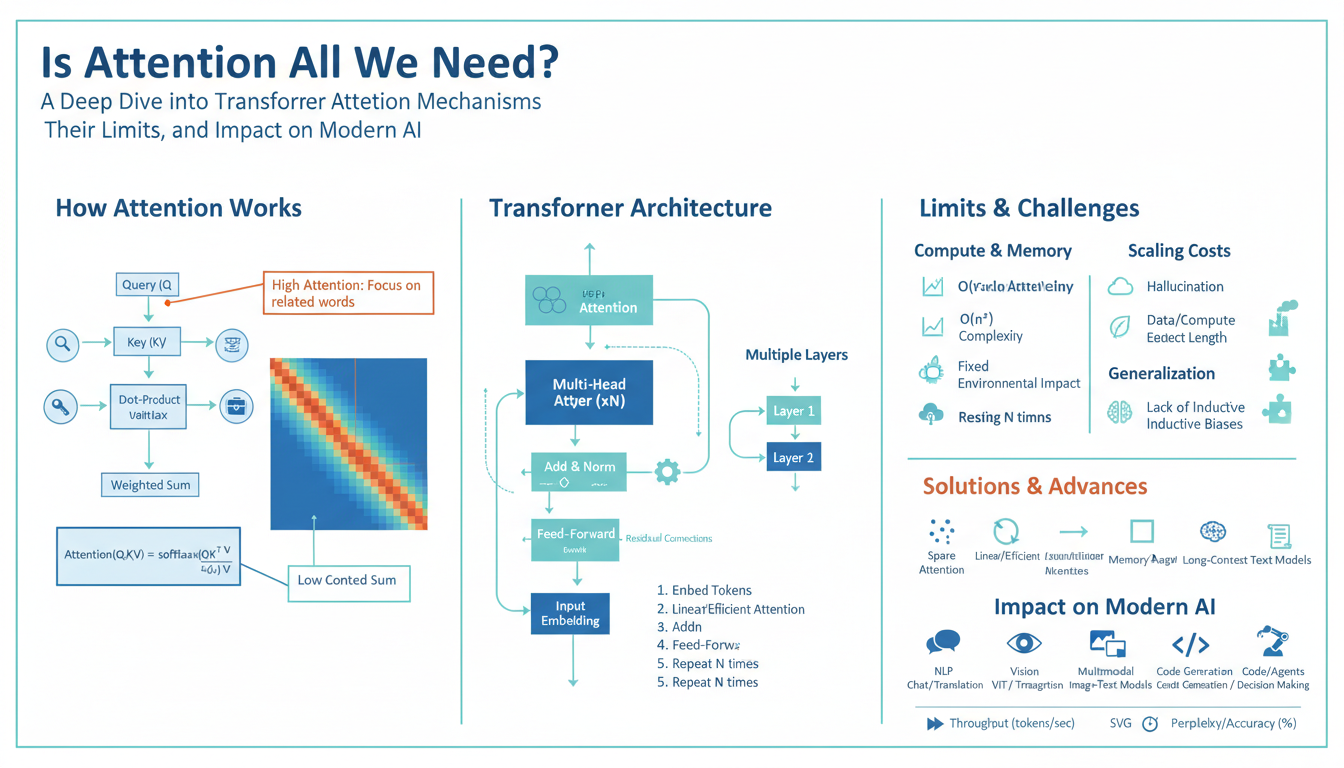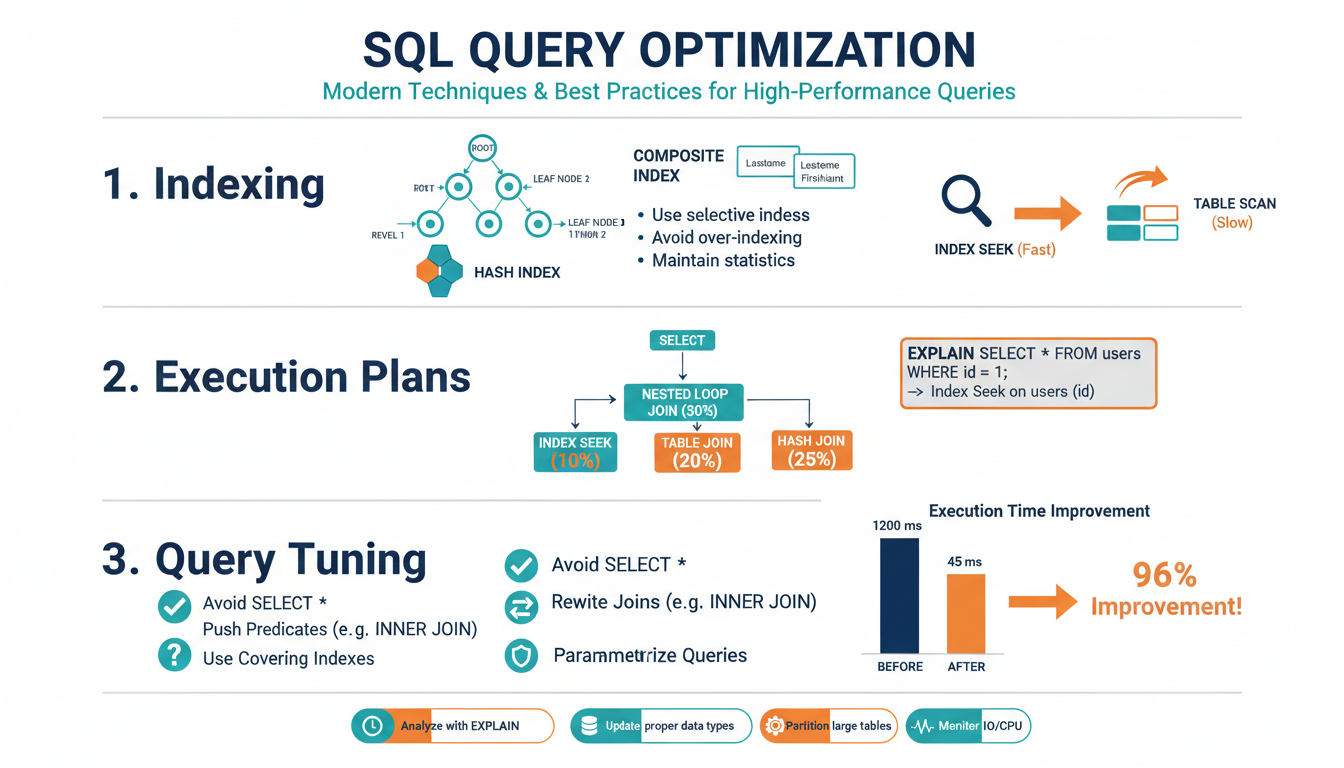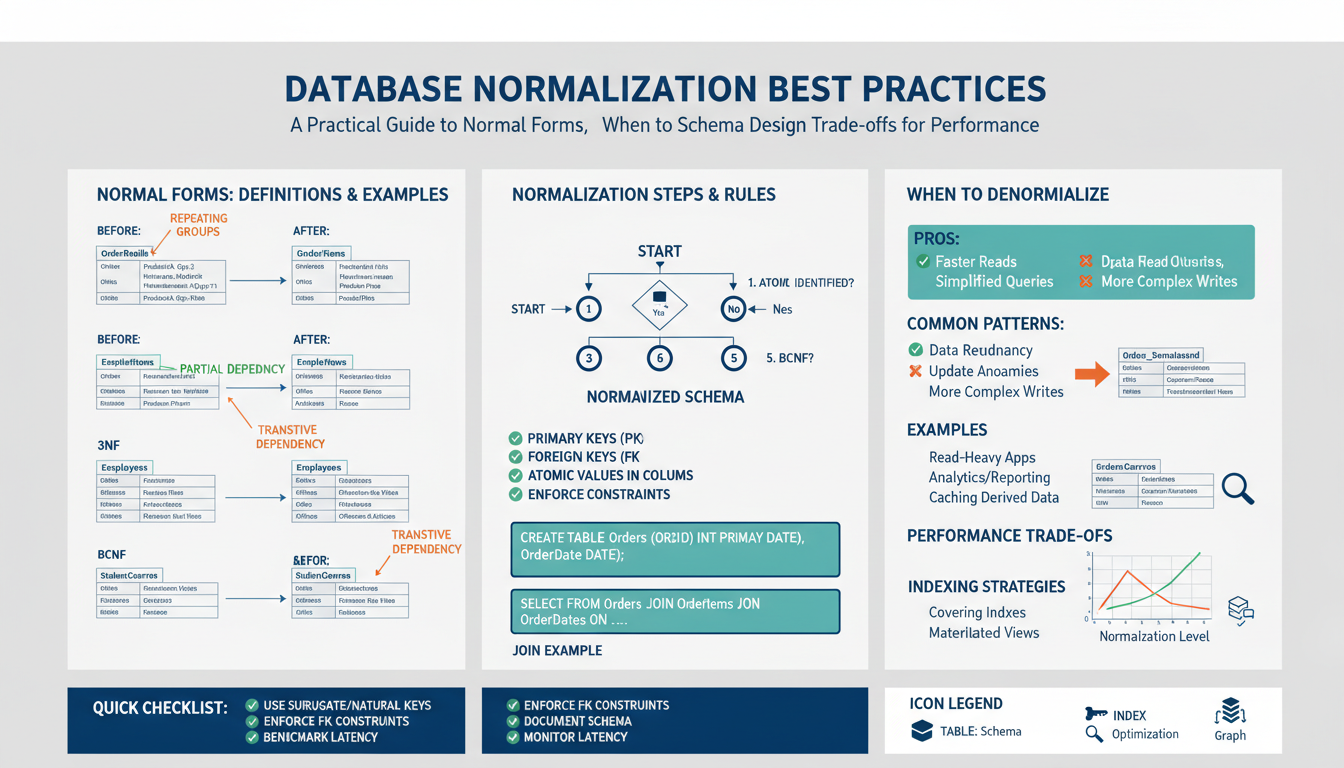What is Deep Learning?
Deep learning is a specialized area within the broader field of artificial intelligence (AI) and machine learning. It mimics the way the human brain learns and interprets information by using structures known as neural networks. These networks are inspired by the brain’s architecture, with interconnected nodes (similar to neurons) organized in layers.
At its core, deep learning teaches computers to recognize patterns from large amounts of data. For example, when you upload photos to a social media platform and it automatically suggests who might be in the picture, deep learning is at work behind the scenes. It helps machines learn from examples and improve on their own, much like how children learn by seeing, hearing, and doing things repeatedly.
Here’s how deep learning typically works:
- Data Collection: Massive amounts of data are collected—such as images, sounds, or texts. For instance, to teach a computer to recognize animals, thousands of pictures of various animals are used as examples.
- Training: The computer is shown these examples, and it makes guesses (such as “cat” or “dog”). When it guesses wrong, it learns from the mistake and tries to do better the next time. This step is called training. The machine continuously adjusts its own internal rules based on feedback, slowly improving its accuracy.
- Testing: Once trained, the deep learning model is tested on new, unseen data to check how well it performs. If it correctly recognizes new animals in pictures it hasn’t seen before, it shows that the training worked well.
One striking feature of deep learning is its ability to handle very complex tasks, sometimes better than humans. Applications of deep learning range from self-driving cars to voice assistants like Siri, Alexa, and Google Assistant. If you’ve ever seen a computer create art from scratch or play advanced games like chess or Go, deep learning is often the technology making that possible (Scientific American).
An easy example to help kids understand: Imagine teaching your friend to tell the difference between apples and oranges. You show them lots of apples and lots of oranges, explaining the differences each time. Eventually, your friend can tell an apple from an orange just by looking. Deep learning helps computers learn in a similar way—by giving them lots of examples and letting them “figure things out” through practice and feedback (Exploratorium).
For an even deeper dive, universities like MIT offer free resources and lessons about artificial intelligence and deep learning. These resources are helpful for curious learners of all ages and can make learning complex technology both fun and accessible!
Why Introduce Deep Learning to Kids?
Introducing deep learning to children at an early age can set the stage for future success in a technology-driven world. By exposing young minds to these advanced concepts, we foster curiosity, problem-solving skills, and creativity that are essential for navigating tomorrow’s digital landscape. But why should we think of teaching deep learning—a field often reserved for universities and tech companies—to kids?
1. Developing Critical Thinking and Problem-Solving Skills
Deep learning encourages young learners to break down complex problems into manageable pieces. Through simple experiments with neural networks or training models to recognize images, children learn how to approach challenges methodically. Studies show that activities related to coding and AI can significantly enhance logical thinking in kids (Carnegie Mellon University).
2. Early Familiarity with 21st-Century Skills
As automation and artificial intelligence transform industries, understanding how machines learn will be as crucial as basic literacy or math. Early exposure helps children adapt to the demands of tomorrow’s workplaces, preparing them for careers that may not yet exist. Initiatives like MIT’s Media Lab bring simplified AI concepts to children, making learning engaging and accessible (MIT Media Lab).
3. Turning Curiosity into Creation
Children are natural experimenters. Hands-on deep learning projects channel their innate curiosity into building and tinkering. For example, a child can train a model to classify pictures of their favorite animals using tools designed for beginners, such as Google’s Teachable Machine. These playful experiences transform learners from passive consumers of technology into creators.
4. Promoting Digital Literacy and Ethical Awareness
Teaching deep learning is not just about algorithms—it’s also about understanding their impact. Early discussions on bias, fairness, and the ethical use of AI are vital. Programs like the ones offered by CUNY encourage kids to think about the broader implications of AI, fostering a generation of thoughtful, responsible innovators.
The journey into deep learning doesn’t have to wait until college or the workplace. With the right resources and encouragement, children can start exploring this fascinating field now and develop the skills they’ll need for the future.
Fun and Simple Examples of Deep Learning
Let’s dive into how deep learning can be both accessible and entertaining for kids! When we think about artificial intelligence, it can seem a bit overwhelming. However, there are many simple experiments and playful projects that illustrate powerful concepts in deep learning—no PhDs required! Here are a few fun, hands-on examples you can try together at home or in the classroom.
1. Drawing with Neural Networks
A great introduction to deep learning for kids is creating artwork using neural networks. Websites like Quick, Draw! by Google allow children to sketch pictures while a neural network attempts to guess what they’re drawing. The magic here is that the network has been trained on millions of doodles from people around the world.
Get started:
- Draw any object within 20 seconds.
- Watch as the neural network predicts what you’ve drawn using its knowledge from previous images.
- Discuss how the computer learns patterns and improves with more data.
This exercise helps kids see firsthand how a deep learning model recognizes and generalizes from visual data. For more about the technology involved, explore Google’s official blog on how Quick, Draw! was built.
2. Talking to Chatbots
Another engaging example is interacting with chatbots powered by deep learning. Tools like Dialogflow enable kids to design their own virtual assistant or chat buddy. Though the technology behind dialog systems is sophisticated, the interfaces are often kid-friendly.
How to experiment:
- Access a chatbot creation platform such as Dialogflow or try Pandorabots.
- Set up conversations by programming simple inputs and responses.
- Test your chatbot and discuss how it understands and responds to language using deep learning models like recurrent neural networks.
This introduces natural language processing, a cornerstone of AI. The Google AI Education site offers excellent beginner resources on how computers understand and generate human language.
3. Teaching Computers to Recognize Objects with Teachable Machine
Kids can go beyond interacting with models to training their own! Teachable Machine by Google lets anyone train a simple visual recognition model by showing their webcam different objects or gestures.
Hands-on steps:
- Open Teachable Machine and select the image project.
- Record different classes (e.g., thumbs up vs. thumbs down) using a webcam.
- Click “Train” and then test the model to see how well it distinguishes new input.
This fun project demonstrates how neural networks can quickly learn from examples. For more insights on visual recognition and datasets, the Stanford AI Lab provides informative tutorials and articles.
4. Creating Music with AI
Deep learning isn’t limited to images and language—it’s also making music! Tools like Magenta (by Google Brain) allow kids to experiment with AI-generated sounds and compositions.
How kids can explore:
- Use online demos such as Magenta Studio to generate melodies or play with interactive music tools.
- Compare the AI’s music to human compositions.
- Talk about how the model learned musical patterns from thousands of songs.
For a deeper dive into the intersection of AI and creativity, read more on Google’s AI Blog on machine learning and music.
Through these exercises, children develop practical intuition about how deep learning works. By exploring, tinkering, and discussing, they learn not just what AI can do, but also become budding creators of tomorrow’s technology!
Kid-Friendly Tools and Platforms for Learning
Introducing children to deep learning may sound intimidating, but thanks to an array of user-friendly platforms and engaging tools, it’s now accessible and enjoyable. Instead of dense technical jargon, these resources focus on creativity, visualization, and hands-on experience—making advanced AI concepts approachable for kids. Let’s explore some of the best options available, and how each can spark a child’s imagination with artificial intelligence.
Block-Based Programming Platforms
Platforms like Machine Learning for Kids use drag-and-drop blocks to teach children the basics of machine learning without overwhelming them with code. Children can create models that recognize text, images, or sounds and then put those models to work inside games or interactive stories. For example, they might build a project where a computer recognizes animal sounds or sorts pictures of food and animals. Here’s how kids could begin:
- Sign up for a free account on the platform, which is supported by IBM.
- Choose a sample project, such as “Classify Pictures of Animals.”
- Train a model by uploading or tagging images, allowing the AI to learn the difference between cats and dogs.
- Test and refine the project by exploring which images the computer correctly or incorrectly identifies.
The block-based approach is intuitive, so even young learners (ages 7-14) can see how AI works while building their very own projects from start to finish.
Interactive Notebooks and Guided Tutorials
Older children who are ready to progress beyond scratch-like interfaces might enjoy working with interactive Python notebooks. Resources such as Google Colab provide a cloud-based coding environment where kids can experiment in real time—no installation needed. Complementing these are kid-friendly tutorials like TensorFlow’s Education resources, which offer step-by-step guides, visualizations, and simple datasets. For example:
- Open a ready-made notebook on Google Colab that walks through image recognition or text prediction.
- Edit code samples and watch changes update live in the browser, reinforcing learning through experimentation.
- Visualize results using built-in tools to see how adjustments impact the models’ predictions.
These tools introduce children (usually ages 11+) to real-world coding and data science in a way that supports exploration and independent learning. More importantly, they expose kids to authentic programming tools used by professionals worldwide.
AI-Powered Educational Robots
Hands-on learners often thrive with tangible projects. Products like Sphero robots or LEGO® MINDSTORMS® let children program real robots to perform tasks, respond to commands, or interact with their environment. These kits blend hardware with easy-to-use apps where students can:
- Drag and drop logic blocks to control movement, sounds, and sensors.
- Integrate AI modules (like vision recognition or voice commands) using add-ons or advanced features.
- Design challenges—such as obstacle courses or reaction games—that highlight how AI can interpret and act on sensory data.
Educational robots foster a playful approach to AI, reinforcing cause-and-effect reasoning while demystifying how machines “think.” Multiple studies from leading universities, such as those found in the Journal of Robotics in Education, highlight how these hands-on experiences spark curiosity and improve STEM attainment in children.
Online Courses and Family-Friendly Coding Platforms
Structured online courses tailored for younger audiences are increasingly available through platforms like Khan Academy and Code.org. While not all content is specifically deep learning, these courses introduce key concepts like pattern recognition, logic, and data classification—building blocks for future AI learning. Families can:
- Start with beginner lessons on programming logic using visual puzzles and simple projects.
- Progress to AI-focused modules that explain neural networks, data labeling, and computer vision with real-world analogies and projects.
- Join interactive clubs or competitions, fostering a community of like-minded young learners.
Many of these platforms partner with educational institutions and industry experts, ensuring that children are learning current, reliable content while enjoying a safe online environment. For example, AI4K12—an initiative supported by the Association for the Advancement of Artificial Intelligence—offers free guidelines and project ideas designed to be both fun and accessible.
With the right mix of playfulness and real-world application, these kid-friendly tools open the doors to deep learning—helping the next generation develop both technical skills and a lifelong passion for discovery.
Tips for Parents and Educators
Introducing deep learning concepts to children can be an exciting and enriching journey, both at home and in the classroom. Here are some practical and thoughtful tips for parents and educators looking to support kids as they begin to explore this fascinating aspect of artificial intelligence:
Start with the Basics
Before diving into technical details, help children understand what deep learning is by relating it to things they already know. Use simple analogies, such as comparing neural networks to the way our brains make decisions. For a child-friendly explanation, resources like Khan Academy offer introductory insights into brain and computer similarities that make for a good entry point.
Encourage Curiosity Through Questions
Kids are natural explorers. Encourage them to ask questions like “How do computers recognize faces?” or “Can a machine write stories?” Use these curiosities to guide simple experiments, such as teaching a computer to recognize handwritten numbers using free online tools like Google’s Teachable Machine.
Leverage Hands-On Learning
Practical, project-based learning is highly effective for young minds. Activities like classifying pictures, building simple decision trees, or playing pattern-matching games make abstract concepts tangible. Websites such as Code.org provide age-appropriate coding activities that introduce the basics of machine learning in a playful way. For more structured projects, explore the Machine Learning for Kids portal, which allows children to build and train their own models visually.
Foster a Growth Mindset
Learning about artificial intelligence can be challenging, but it’s important for children to understand that mistakes are a vital part of the learning process. Encourage them to view setbacks as opportunities to improve and to celebrate their progress. This approach is well documented by educational researchers from Stanford University, who highlight the benefits of a growth mindset in STEM education.
Connect Concepts to Real-World Applications
Show how deep learning is already part of everyday life. For example, explain how voice assistants like Alexa or Siri use deep learning to understand spoken language, or how streaming services recommend new shows. The Google AI Education platform has easy-to-understand examples and explanations to help children see the relevance of what they’re learning.
Collaborate and Communicate
Encouraging collaboration helps children learn from each other. Set up group exercises where pairs or teams work through a problem or build a mini deep learning model together. Communication of ideas—both written and verbal—strengthens their understanding and confidence. The Microsoft Educator Center offers guides on collaborative STEM activities for home and school.
Monitor and Guide Use of Technology
As kids begin to interact with AI tools, provide guidance and set boundaries. Discuss the ethical implications of AI, including how data is used and privacy concerns. The Common Sense Media website provides resources and conversation starters for parents and educators to talk about digital citizenship and responsible technology use.
By taking these thoughtful steps and using the wealth of trusted resources available, parents and educators can nurture a generation of curious, informed, and ethical learners who are prepared to thrive in an AI-driven world.
Success Stories: Kids Exploring AI
Across the globe, young minds are making remarkable strides in deep learning and artificial intelligence (AI). These curious students—some as young as seven—are not just learning about AI but are actively creating projects that solve real-world problems, often sparking interest and collaboration within their communities. Their journeys illustrate the accessibility and empowerment modern AI tools bring to classrooms and homes.
One inspiring example comes from Tanmay Bakshi, a Canadian teenager who began programming at age five and was speaking at international AI conferences before turning 15. Through self-study and using readily available online resources, Tanmay developed projects like deep learning-powered chatbots for healthcare, aimed at making digital tools more accessible for people with disabilities. His experience demonstrates the power of self-motivation, mentorship, and the proliferation of open learning platforms like Coursera and edX.
In another notable case, children participating in the AITopia initiative have worked on projects ranging from AI-powered smart assistants to classification apps for schoolwork. The initiative provides step-by-step guides, hands-on tutorials, and mentorship from industry professionals. Here’s how these programs typically nurture young talent:
-
Step 1: Problem Identification
Kids are encouraged to look for issues around them—whether it’s organizing their schoolwork, improving recycling at home, or designing simple games. They learn to ask, “How can technology help?” -
Step 2: Learning Fundamentals
Through interactive tools such as Machine Learning for Kids and visual coding platforms like Scratch (by MIT), they grasp key ideas like image recognition, neural networks, and data training—all in a playful, story-driven way. -
Step 3: Guided Project Building
Under supervision, students create projects such as AI chatbots, automatic image sorters, or language translation apps. Regular feedback and teamwork allow them to iterate and improve their creations. Sharing their work in STEM fairs and coding competitions fosters confidence in public speaking and technical presentation. -
Step 4: Real-World Impact
Completing and deploying projects gives kids a real sense of achievement. In some cases, their apps are piloted by local libraries or schools, highlighting the meaningful contributions youngsters can make even before high school. Programs run by organizations like Girls Who Code provide additional support to girls, ensuring more equitable access to emerging opportunities.
These stories show that with the right mentorship, resources, and encouragement, age is no barrier to making a difference in AI. For parents and educators, fostering exploration and hands-on learning is now more feasible than ever. Numerous free and low-cost resources exist to help the next generation step boldly into the ongoing AI revolution, nurturing not only coding skills, but creative problem solving and ethical thinking as well. If you’d like your child to explore AI, consider starting with Google AI’s learning hub or interactive platforms tailored for young learners.



